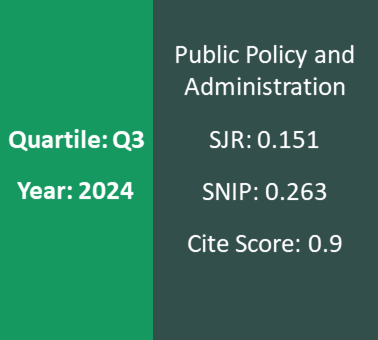The Economic Costs Of Violence For Lithuania: Factors, Consequences, Prevention
Keywords:
violence against women, physical, sexual violence, emotional and psychological abuse, economic violence, trafficking in persons, costs of violence, violence prevention, model of fight against violence.Abstract
The problem of violence receives a lot of attention in Lithuania as well as in other countries. Scientific
research data suggests that, while the crime rate is rapidly growing, violence against women in Lithuania (just like
in other countries of the world) gains the largest comparative weight. Domestic violence has especially high rate in
all social classes – from the poorest to the wealthiest.
In view of the above said, Lithuania faces one problem that has to be dealt with urgently – how to estimate
violence against women and children. Studies are conducted into reasons of violence, circumstances and mechanisms,
measures are taken to develop preventive activity, ensure protection of victims of violence and their reintegration;
however, we still lack data on the effects of violence on victims, households, general public and public
sector (i.e. state and municipalities), and the state traditionally still fights against the consequences of violence
instead of concentrating on preventive work. The outcome of such practice is negative – huge expenses incurred
while fighting against the consequences of violence bring meager effects: the crime rate in Lithuania is growing,
trafficking in persons is becoming more common, the population’s health and demographic indicators are getting
worse year by year. Moreover, violence reduces work efficiency, impairs quality of human resources, provokes such
a phenomenon as women and children’s absenteeism due to health problems, etc. All this, first of all, incurs huge
expenses for the state and, secondly, has a negative effect on the population’s standard of living and economic
growth of the state.
Comparative analysis of estimated costs of assistance to women who seek help in institutions of social care and
those of supporting prisoners sentenced for violence shows that costs of fighting with the consequences of criminal
acts at present in Lithuania significantly exceed the expenditure from the state budget allocated for crime
prevention.
In view of the above said, it is important to get acquainted with other countries’ practice in this field and get
aware of the real situation regarding violence against women and children in Lithuania; also, to compare state
means allocated to fight against the consequences of violence and to its prevention and make relevant conclusions.
In order to successfully deal with the problem of violence it is necessary to create an efficient model of fight
against violence in Lithuania, which should be based on estimated costs of violence in Lithuania and aimed at the
implementation of a system of preventive measures rather than fight against the consequences of violence.
To get aware of the costs of violence incurred by the state, the researchers suggest employing such system of
violence formation that would serve as a methodological grounding for further assessment of costs of violence. The
suggested system of violence formation includes three levels: the first level – reasons of and factors encouraging
violence; the second level – reflects emerging kinds and forms of violence in certain fields of social and economic
activity; the third level – consequences of violence faced by the family, public and state.
With a view to tightening control of criminal acts and minimizing psychological and economic consequences
of violence, three major directions can be distinguished:
– improving legislation, more effective use of sanctions against criminals, initiation of organizational changes
in law application – restructuring law institutions;
– preparing competent specialists for fighting against crimes, improving relations between officials and
general public, ensuring public trust in law enforcement specialists;
– encouraging early prevention, implementation of preventive measures at all levels (state, municipality, law
enforcement institutions, organizations, enterprises, educational establishments, family, household).





